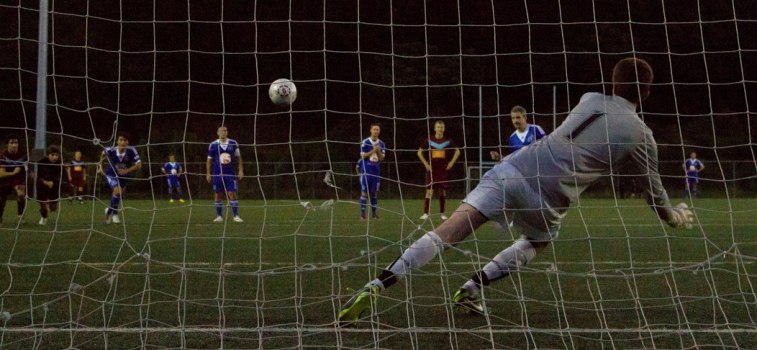The Artificial Revolution
2Earlier this year my 14 year old son completed his second successive season of college football with no matches cancelled. His older brother, five years his senior, would frequently have seasons with over 50% of matches called off.
In 2007 the Wellington City Council realised that it had a major issue on its hands regarding sportsfields provision.
Wellington city sportsfields were under growing pressure mainly as a result of increasing demand from sports groups – particularly football. Wellington’s high annual rainfall, poor soils, large number of fields built on former landfills with poor drainage and well documented health hazards, and a lack of available flat land for new fields had created a real problem.
During 2008 some football youth grades ended up only playing six times during the season (between April and late August). Saturday senior football fixtures could not be completed on ten occasions.
During that same winter all junior rugby was cancelled seven times (54% of games), and there were 43 senior grade cancellations during the season. These cancellations occurred on nine playing days between 3 May and 9 August.
So in both Wellington and the Hutt Valley a project was put in place to lay artificial pitches, accompanied by flood lighting, which has revolutionised junior and amateur sport in the region.
In Wellington alone, starting with Nairnville Park in 2009, there have been seven artificial pitches built. This includes two funded in partnership with Wellington College and St Pats College,
This has revolutionised participation across the city. Not only are they used extensively, day and night, in the weekends but are also used for evening trainings. For example, football is using the fields for its nursery grade, juniors, seniors, social players, masters’ players, and representative players. International rugby teams and the Wellington Phoenix have also trained on these surfaces.
National Rippa Rugby tournaments and a National Secondary Schools (Girls) tournament have been held in Wellington; something previously inconceivable.
During one week alone in July 2011, use of the 2 artificial sportsfields at Wakefield Park was 134 hours; almost matching the usage during entire five month winter period on the two natural grass fields at the same venue in 2010 (138 hours).
Having these artificial pitches in place has the other side-effect of making it easier to maintain the grass fields. No longer are they used all day on a Saturday, meaning they gradually descended into a mud bath that had little time for rejuvenation by the following weekend. Now they can be treated with care. The sight of Karori Park, for example, looking pristine at the beginning of September was unthinkable a few years ago.
This transformation has not been cheap, but has been a worthwhile investment. Wellington is so much richer for this.
This article originally appeared in the November edition of Fishhead magazine. Get your December edition now, which includes an article on the cricket season
Photo courtesy of Cameron MacIntosh


As a very frequent user myself in different codes and roles these things are an absolute godsend. More would be brilliant, just where you can build them without impinging on summer users (cricket and softball) is the next challenge!
The current list:
Nairnville (60% size)
Te Whaea (Newtown showbuildings)
Wakefield Park (x2)
Wellington College
St Pats College
Alex Moore Park – Johnsonville
Ascot Park – Porirua
Memorial Park – Petone
Maidstone Park – Upper Hutt